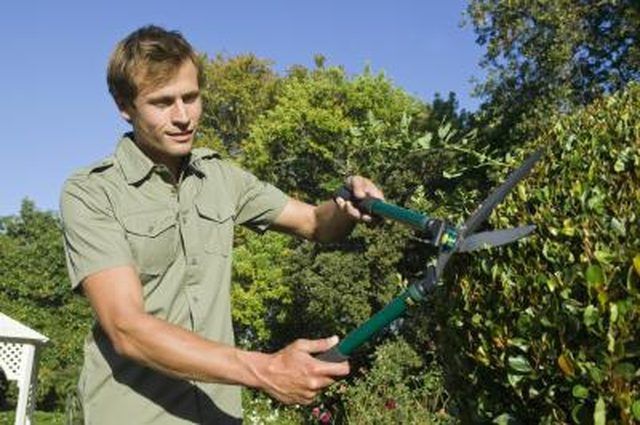Bulbs
Flower Basics
Flower Beds & Specialty Gardens
Flower Garden
Garden Furniture
Garden Gnomes
Garden Seeds
Garden Sheds
Garden Statues
Garden Tools & Supplies
Gardening Basics
Green & Organic
Groundcovers & Vines
Growing Annuals
Growing Basil
Growing Beans
Growing Berries
Growing Blueberries
Growing Cactus
Growing Corn
Growing Cotton
Growing Edibles
Growing Flowers
Growing Garlic
Growing Grapes
Growing Grass
Growing Herbs
Growing Jasmine
Growing Mint
Growing Mushrooms
Orchids
Growing Peanuts
Growing Perennials
Growing Plants
Growing Rosemary
Growing Roses
Growing Strawberries
Growing Sunflowers
Growing Thyme
Growing Tomatoes
Growing Tulips
Growing Vegetables
Herb Basics
Herb Garden
Indoor Growing
Landscaping Basics
Landscaping Patios
Landscaping Plants
Landscaping Shrubs
Landscaping Trees
Landscaping Walks & Pathways
Lawn Basics
Lawn Maintenance
Lawn Mowers
Lawn Ornaments
Lawn Planting
Lawn Tools
Outdoor Growing
Overall Landscape Planning
Pests, Weeds & Problems
Plant Basics
Rock Garden
Rose Garden
Shrubs
Soil
Specialty Gardens
Trees
Vegetable Garden
Yard Maintenance
Do You Prune a Sweet Broom Shrub?
Do You Prune a Sweet Broom Shrub?. Sweet broom (Genista spachiana), also called Easter broom, becomes a somewhat rounded shrub with pointy, arching branches 6 to 10 feet tall and equally wide. Fragrant yellow flowers cover the plant in early to mid-spring. It's best grown in U.S. Department of Agriculture hardiness zones 9 through 11.

Sweet broom (Genista spachiana), also called Easter broom, becomes a somewhat rounded shrub with pointy, arching branches 6 to 10 feet tall and equally wide. Fragrant yellow flowers cover the plant in early to mid-spring. It's best grown in U.S. Department of Agriculture hardiness zones 9 through 11.
Time Frame
You can prune dead branches away any time of year on the sweet broom. Any other pruning tasks are best scheduled immediately after the flowering ends, between mid- and late spring.
Types
Pruning results in lush regrowth across the summer. Use two types of pruning techniques on this shrub. Heading back, or deadheading, is trimming back branch tips after flowering to shape the plant. Some people shear the plant in this manner into a uniform geometric shape. Hard prune the oldest branches that didn't flower well or are overly large and woody to 5 inches tall.
Benefits
Heading back causes the plant to become denser and fuller with more abundant flowers the following spring. Removal of oldest branches helps control plant size.